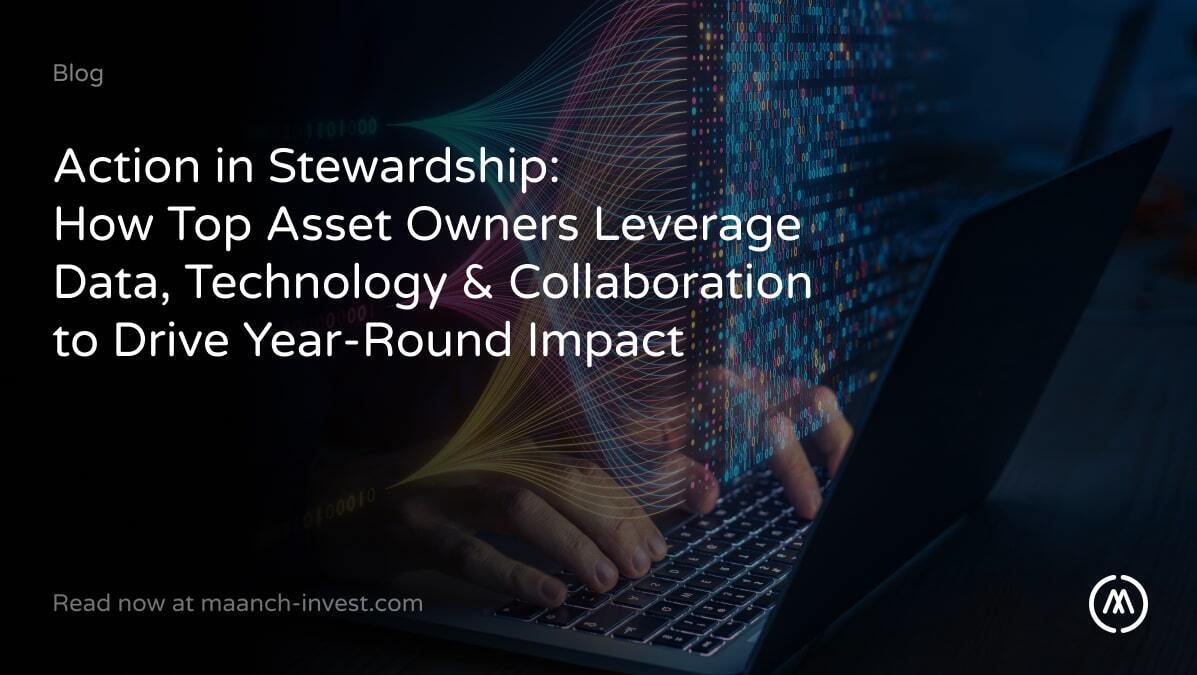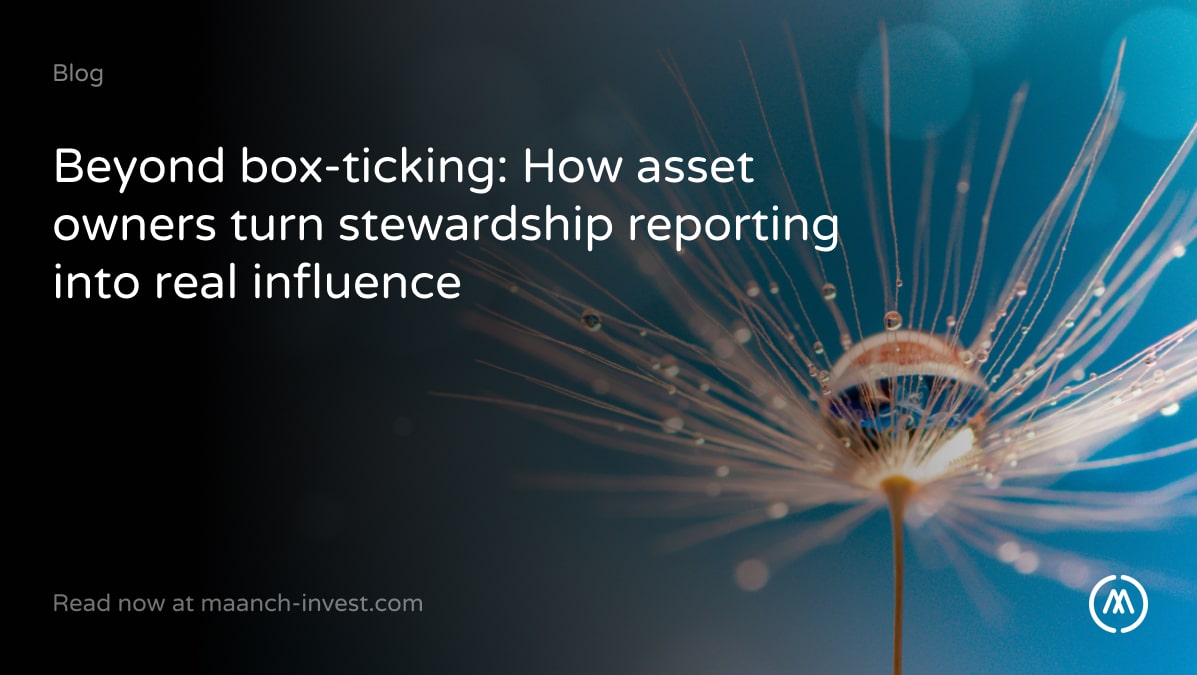Voting remains one of the most visible – and powerful – ways asset owners influence corporate behaviour. The 2025 proxy season is no exception. Exercising shareholder rights continues to be a critical stewardship lever, as highlighted by the PRI’s recent analysis. Yet, effective stewardship goes beyond casting votes. It requires active engagement, continuous dialogue, and integration of stewardship principles throughout investment decisions. Leading asset owners are rising to this challenge. They are harnessing technology and data to sharpen their proxy voting strategies and enhance engagement. To monitor risks, and embed stewardship all year-round.
The Active Ownership Opportunity, and Challenge
Votes on climate disclosures, board composition, executive remuneration, and biodiversity can reshape corporate behaviours. For asset owners, these decisions impact long-term portfolio resilience and alignment with beneficiary expectations.
However, the growing complexity and volume of resolutions means asset owners must prioritise where to act. Not just through voting, but integrating stewardship insights across their portfolios in every season.
Technology as a Stewardship Multiplier
AI-driven analytics, ESG data platforms, and engagement tracking tools enable asset owners to manage this complexity. These technologies help to identify material issues, prioritise companies for engagement, and monitor progress after actions are taken.
The PRI advocates this holistic approach to stewardship, linking proxy voting, active dialogue, and ongoing monitoring as interconnected tools for influence.
Lessons from Leading Asset Owners
Through its Sustainable Investments Programme and 2030 Strategy, CalPERS integrates research and data to identify material risks and opportunities. It has set a pathway that includes committing at least $100 billion to climate solutions by 2030 to support long‑term value creation. These insights shape year‑round corporate engagement priorities and sector initiatives. Transparency is reinforced by pre‑disclosing votes and publishing proxy‑season wrap‑ups that explain key decisions and themes. Together, this integrated, data‑driven approach helps CalPERS direct stewardship resources where they can influence corporate practices and protect beneficiaries’ long‑term interests
The Norwegian Government Pension Fund Global (GPFG) continues to advance its stewardship approach by integrating transparency with technological innovation. The Fund deploys sophisticated digital monitoring tools to track company performance in real time. This enables more informed and timely engagement and voting. The GPFG exemplifies how asset owners can effectively harness technology and proactive engagement to improve corporate governance and drive positive outcomes.
The Church Commissioners for England (CCfE) have established themselves as leaders in proxy voting and stewardship engagement. Their strategy combines rigorous data analysis with collaborative partnerships. This ensures that voting decisions are part of a broader programme of sustained engagement. CCfE aims to drive measurable change in investee companies. It does so, integrating ESG data, such as climate alignment assessments from the Transition Pathway Initiative, with collective investor actions through initiatives like Nature Action 100 and the Net-Zero Asset Owner Alliance.
Across these cases, technology emerges as a critical enabler. AI-driven analytics, ESG data platforms, and digital engagement trackers are useful tools. They allow asset owners to prioritise resolutions, detect emerging risks, and measure the impact of their stewardship activities. This technological leverage, combined with partnership working, extends the influence of proxy votes. This embeds stewardship into ongoing investment decision-making and engagement cycles.
What Asset Owners Can Learn
- Stewardship requires active engagement alongside proxy voting.
- Data and technology enable prioritisation and continuous monitoring.
- Collaborative initiatives increase leverage and impact.
- Integrating stewardship into broader investment processes fosters accountability.
Looking Ahead: Stewardship as a Strategic Advantage
ESG challenges continue to grow more complex. Asset owners who integrate technology and data, with active engagement and collaborative networks are best positioned to protect and enhance long-term value. The influence of proxy season doesn’t end when the votes are tallied. If you’re looking to strengthen your stewardship strategy and leverage technology to amplify impact beyond the AGM, let’s talk.



